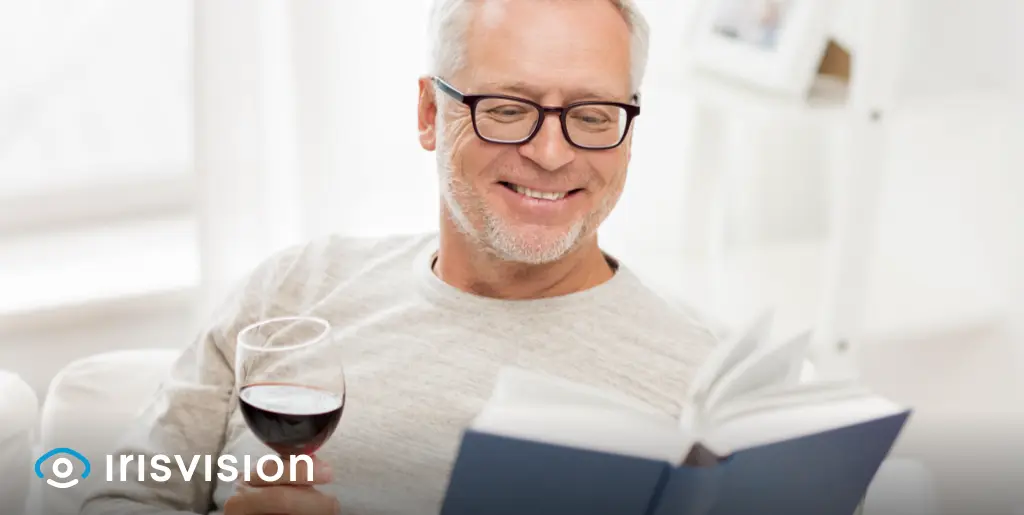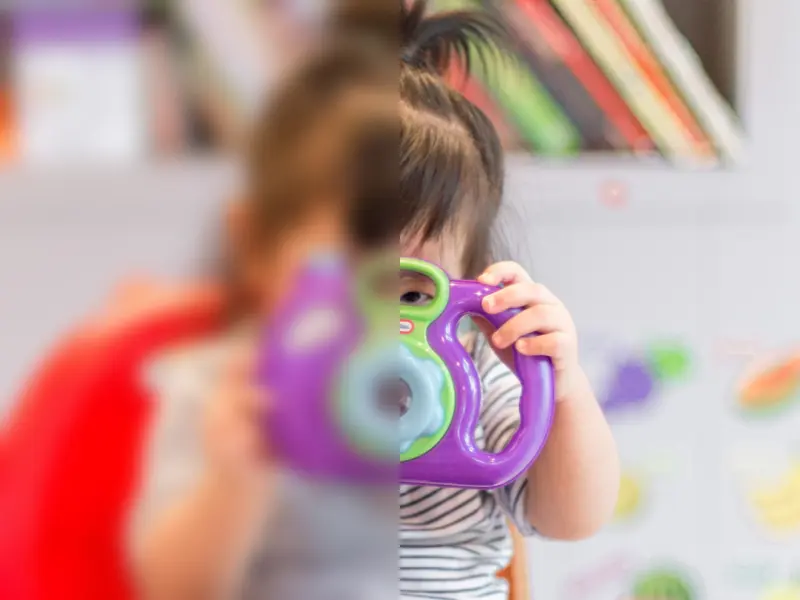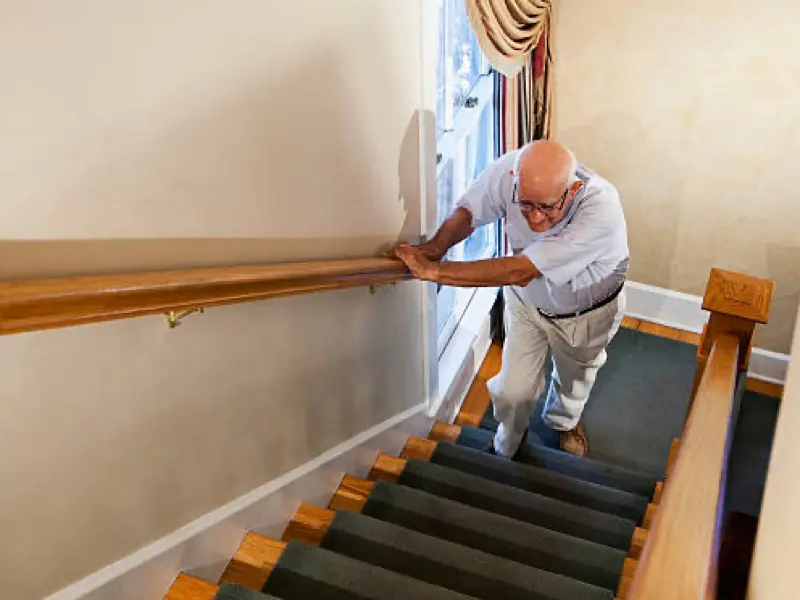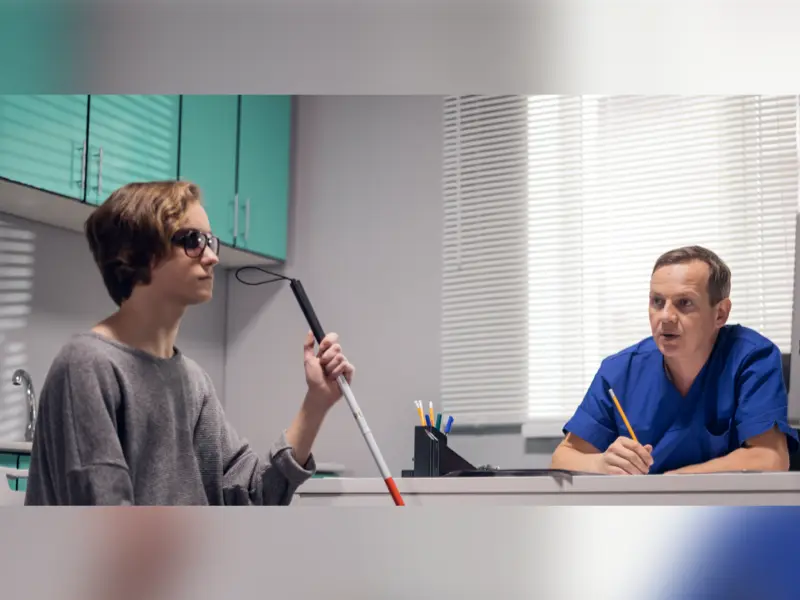
#LIVE2.0 #Review
Individuals with low vision are always on the lookout for user-friendly low vision solutions that can enhance independent living and overall quality of life.
Difficulty identifying and locating objects, recognizing faces, and poor night vision are just a few of the issues people with visual impairment have to deal with in their daily lives.
Low vision also makes it harder for people to socially interact, limiting their ability to see facial expressions and even recognize if someone is waving from across the street.
These visual challenges often prompt people dealing with low vision to seek someone’s help or think of alternative ways of doing things.
Most of these issues can be resolved using low vision solutions, but choosing the right device can also be a daunting task, especially when there is a wide range of options available.
Here’s a list of Questions to Consider Before Buying a Low Vision Device covered in an insightful webinar session.
Before we move ahead and cover some of the popular low-vision aids, let’s understand how these devices impact people with low vision.
Low vision aids are designed to utilize and maximize leftover vision to help regain specific visual functions.
Let’s take the example of magnification to put this into context.
For individuals with poor visual acuity, reading anything from prescription labels to a newspaper can be an arduous process, but with the help of low vision devices, they can magnify any text, helping them to focus and read clearly.
Similarly, low vision devices can be instrumental in countering the effects of different visual impairments such as central vision loss, peripheral vision loss, etc. Different features or properties found in these devices can enhance the field of view for people with peripheral vision loss and improve visual acuity to overcome blurred vision or floaters.

But it’s important to understand that visual challenges may vary from person to person and each eye condition, like macular degeneration, diabetic retinopathy, and retinitis pigmentosa, affects the eyesight differently.
Which is why the best way to proceed is to consult an eye specialist and ensure that the recommendations you receive are tailored to your specific condition, lifestyle needs, and so on.
Low vision can increase the risk of falling for older adults, which as a result, causes serious injuries, decreases mobility, and can lead to loss of independence.
One in four Americans aged 65 and older experiences a fall each year. This is the leading cause of injury among older adults, and impaired vision more than doubles this risk, as reported by the National Academies of Sciences and Medicine.
A lot of these falls can be attributed to the use of prescription drugs and their respective side effects, such as dizziness, muscle weakness, etc.
Such as in the case of insulin use, that lowers blood sugar levels present in the body, but at the same time can also be a potential cause of blurred vision, dizziness, further increasing fall risk.
Simple precautions can reduce the risk of falls and prevent subsequent serious injuries for older people, such as adequate lighting or a stop motion activated light.
Using handrails for staircases or making stairs more visible by using contrasting low vision anti-slip tape.

Though all these can be categorized as practical steps towards fall prevention, there is no denying that an advanced wearable low vision assistive technology can prove to be the most viable solution.
These advanced low vision devices can help older adults detect objects and faces easily, as well as provide features that counter the effects of poor night vision, assisting them to walk around in poorly lit areas.
Low vision aids substitute the need for a helper or assistance from some other person, which is precisely why they can help people with low vision lead an independent life.
These devices have the ability to help people with low vision successfully manage routine activities as well as move about or travel safely.
Tasks that require attention and focus, such as self-care, reading, cooking, walking inside the house, traveling, can all be managed easily using wearable low vision devices.
Not only that, but these devices can also help in improving social lives for people living with low vision. As also mentioned above, wearable low vision devices can help people with low vision move around, travel, help them detect faces and comprehend facial expressions.
Wearable assistive technology like the IrisVision provides advanced features that let users engage and interact with loved ones on social media, watch YouTube videos, and read the news, empowering them to stay connected with the outside world.
Such revolutionary devices are enabling individuals to manage their tasks easily and efficiently.
Many of the devices come with an in-built OCR (optical character recognition) feature that enables users to enjoy a hands-free experience.
Now that we discussed how low vision aids can enable independent living for people with impaired vision, empowering them to make a sustainable livelihood is the next logical step.
There are a lot of people with low vision who are either unemployed or working at jobs that don’t take advantage of their capabilities. Many people with low vision have the ability to do highly skilled jobs if they just had the right tools or devices.
In 2020, 17.9 percent of persons with a disability were employed, down from 19.3 percent in 2019, as indicated by the U.S. Bureau of Labor Statistics.
It’s no secret that working in a company or an organization requires employees to read, write, use electronic devices such as phones or computers, commute, manage finances or money, and navigate safely around an office space.
You might have been told that losing your sight means losing your job, but now there are many low vision aids available that can help you get back to living life on your own terms.
Low vision aids give people with low vision the opportunity to get jobs and employment opportunities, increase their income, advance in their employment career, and help them make a living.
Researchers have found that having these low vision aids can increase the likelihood of getting a job or better employment opportunities. This is due to the fact that they are able to perform their job more efficiently, therefore increasing productivity.
There are a number of different low vision aids that can help an individual gain more independence in daily living as well as perform job tasks.

Magnifiers are useful for individuals in all stages of low vision, whether they have just begun to notice symptoms or have been coping with them for years. Magnifiers provide close-up views without interfering with other tasks or causing discomfort to the eyes.
An occupational therapist will be able to test an individual’s eyesight and determine which type of aid would be most beneficial for them.
The good news is that low vision aids are improving all the time, so that people with low vision can enjoy greater independence than ever before. This includes job opportunities, education, and even greater interaction with friends and family.
Advancements in assistive technology, such as wearable low vision aids, screen-reading software, and braille displays, make nearly any job accessible to people with low vision.
Low vision devices are available in a wide range of designs and with various features. Each comes with its unique offering, from simple handheld magnifying lenses and wearable low vision glasses, to other advanced electronic devices and more.
Apart from the conventional options such as optical and non-optical devices or video magnifiers; new research and advancements in technology have enabled organizations working in the area of vision health to develop advanced wearable assistive technology.
Each wearable low vision technology consists of a set of useful features that help people with low vision counter the effects of eye conditions and visual challenges.
However, when the matter involves vision health, comfort, convenience and requires one to invest a considerable amount of money on low vision devices – making the right choice can seem risky, and an impossible task.
A 30-day free trial period, one-on-one free consultation from expert low vision coaches are just some of the ways IrisVision makes this complex and risky decision-making process a walk in the park for low vision aids users.

Users get to experience the FDA-registered Class 1 medical device and witness the difference in vision clarity made possible through the award-winning in-built software lenses.
IrisVision uses cutting-edge technology to help people proactively manage their vision health so they can focus on what matters most in life and has been successful in bringing back the gift of sight for over 3000 low vision users across the globe.
To learn more about the life-changing device click here
Support
See and Connect Today!
IrisVision Global, Inc.
5994 W. Las Positas Blvd, Suite 101
Pleasanton, CA 94588
Email: [email protected]
Sales: +1 855 449 4536
Support: +1 855 207 6665
Support
See and Connect Today!
IrisVision Global, Inc.
5994 W. Las Positas Blvd, Suite 101
Pleasanton, CA 94588
USA Email: [email protected]
Sales: +1 855 449 4536
Support: +1 855 207 6665
Support
See and Connect Today!
IrisVision Global, Inc.
5994 W. Las Positas Blvd, Suite 101
Pleasanton, CA 94588
Email: [email protected]
Sales: +1 855 449 4536
Support: +1 855 207 6665